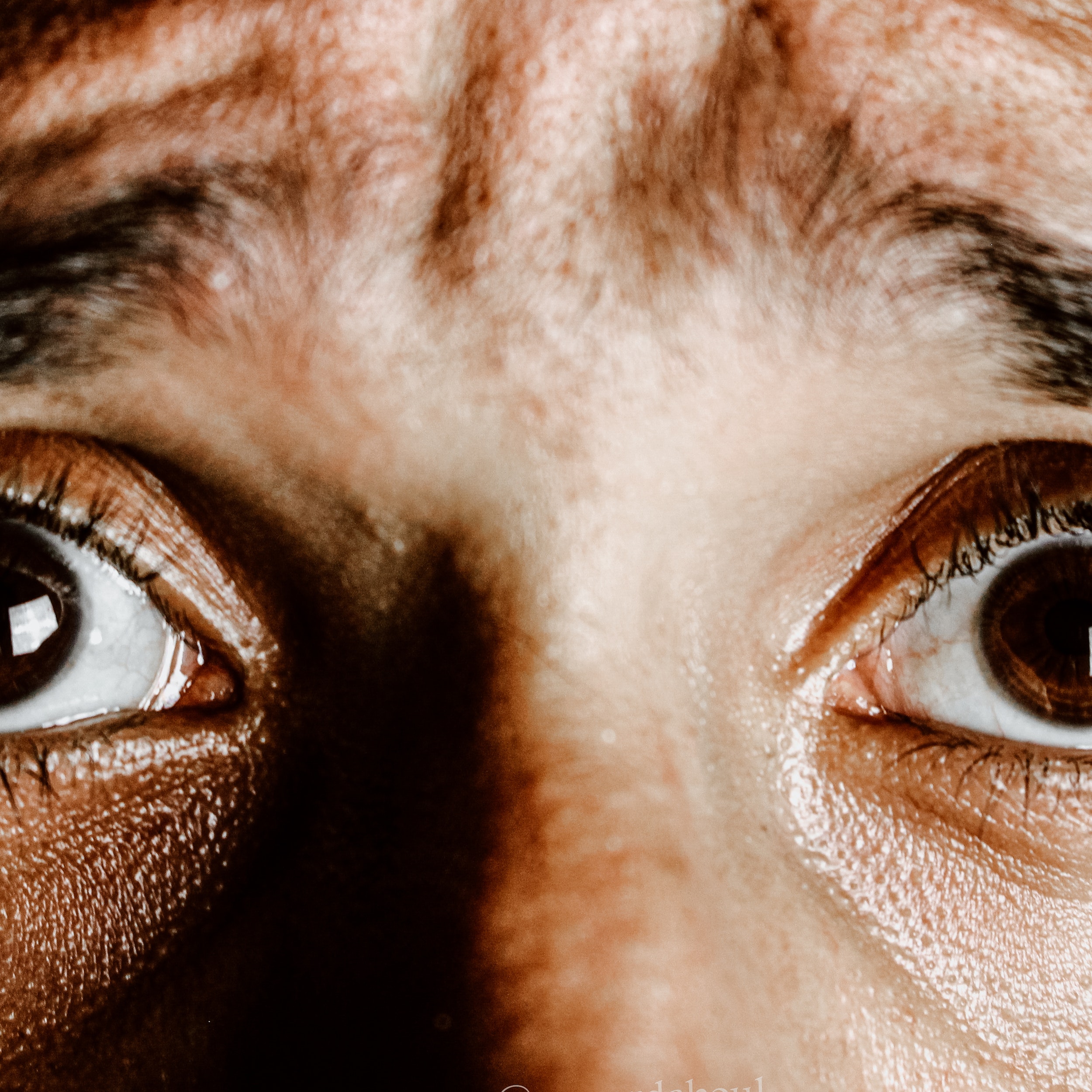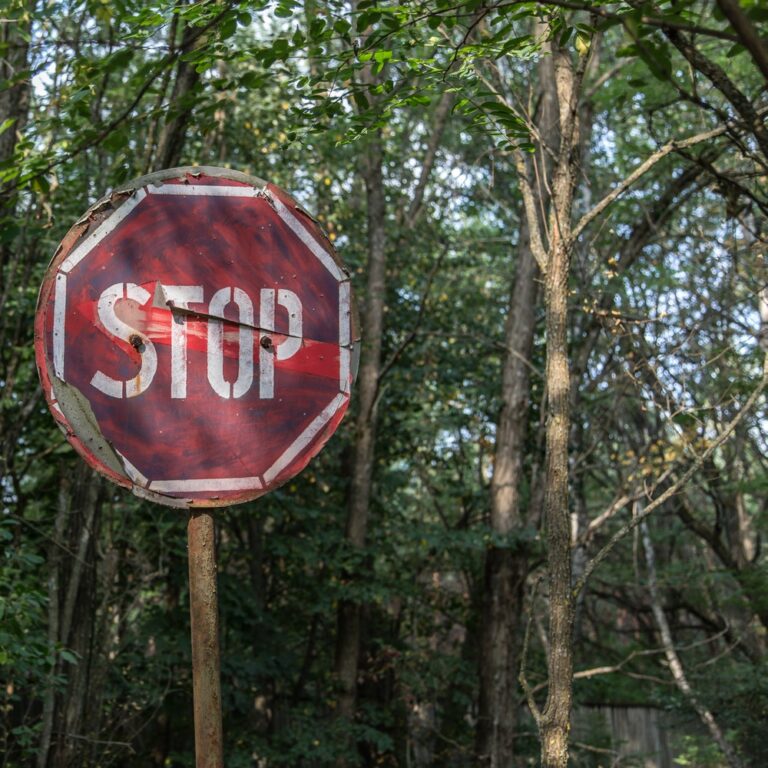Anxiety and fear are two emotions often used interchangeably, but they are distinct differences. One is the response to real danger, and the other gets created in our heads. While fear is the necessary response to a perceived threat, anxiety is a more generalized and chronic state of nervousness.
Fear is an instinctual and immediate response to a perceived danger. For example, if you hear a loud noise and jump, you are experiencing fear. Fear activates the “fight or flight” response, which prepares your body to respond to the perceived threat. The symptoms of fear include rapid heartbeat, sweating, and increased blood pressure. Fear is usually short-lived and dissipates once the danger has passed. Anxiety is a persistent state of worry or nervousness that isn’t tied to a specific threat. People with anxiety may experience feelings of fear, but the fear is not tied to an immediate threat. Instead, it’s an ongoing and persistent state of worry. Anxiety can interfere with daily activities, such as work, school, or socializing and leads to physical symptoms, such as headaches, muscle tension, and digestive problems.
There are several types of anxiety disorders (generalized anxiety, panic, and social anxiety). These disorders have a significant impact on a person’s quality of life. Anxiety can also develop from traumatic experiences, such as abuse, neglect, or exposure to violence. People who have experienced trauma may have a heightened sense of danger and may respond to everyday stressors with anxiety.
Fear and anxiety can both be debilitating, but anxiety does more damage. As stated above anxiety stays with us regardless of something that warrants the level of nervousness or paralyzing fear we feel. We need to ask ourselves if the threat is real. Why are we getting so worked up? Is this fear, or is this anxiety? Am I in danger, or am I creating angst without the possibility of danger? What exactly is causing this feeling of discomfort? If I cannot pinpoint the issue, I refuse to allow myself to get worked up about it. That is the do-it-yourself way of handling it. There is professional help available and medication, but I advise attempting to fix an internal issue internally first.
Additional self-help tactics include exercise, mindfulness, and relaxation techniques, such as deep breathing or progressive muscle relaxation, which is tensing and then relaxing muscle groups. Lifestyle changes can positively assist with fear and anxiety. Methods include reducing caffeine intake, getting enough sleep, and avoiding stressors. People who struggle with fear or anxiety can also benefit from support from friends and family.
In closing, fear and anxiety are two distinct emotions, but they both have a huge impact on a person’s quality of life. Fear is normal and necessary, but anxiety is a trait too many of us invite to stick around as if it is normal or necessary. It is not, and with the right amount of practice, diligence, and self-care, we can dismiss this super-negative visitor for good.
Food for thought. You do the dishes!



